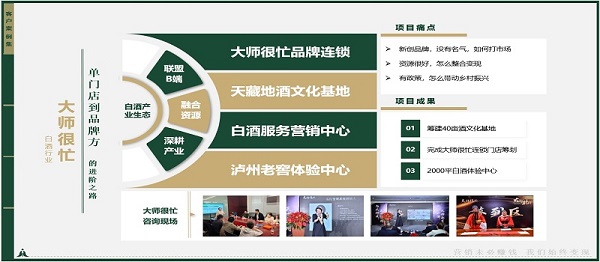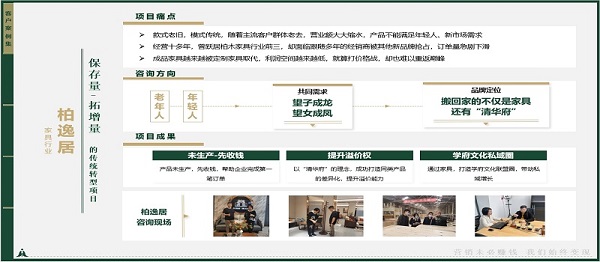品牌战略的基本类型
Brand strategy is the core of enterprise development. It helps enterprises establish a unique market position and enhance their competitiveness. The basic types of brand strategy include single brand strategy, multi-brand strategy, master brand strategy, sub-brand strategy, and co-branding strategy. Each type has its applicable scenarios and advantages. Enterprises need to choose the appropriate strategy based on their own resources, market environment, and long-term goals.

单一品牌战略
single brand strategy refers to the use of a unified brand name across all products and services of an enterprise. For example, companies like Google and Coca-Cola use this strategy to build a strong brand image. The advantage is that it reduces marketing costs and enhances brand recognition. However, once a product encounters a crisis, it may affect the entire brand system.
多品牌战略
multi-brand strategy involves creating multiple independent brands under the same enterprise to target different market segments. Procter & Gamble is a typical example, with brands like Tide and Pantene. This strategy can meet diverse consumer needs and reduce market risks. However, it requires significant resources to manage multiple brands simultaneously.

主副品牌战略
The master-sub brand strategy combines a main brand with sub-brands. The main brand provides credibility, while sub-brands highlight specific product features. For instance, Xiaomi uses "Xiaomi" as the main brand and "Redmi" as a sub-brand. This approach balances brand consistency and flexibility but requires clear positioning to avoid internal competition.
联合品牌战略
Co-branding strategy involves collaboration between two or more brands to launch joint products or services. Examples include Nike and Apple’s "Nike+" product. This strategy leverages the strengths of both brands to expand market influence. However, it requires alignment in brand values and target audiences to ensure success.

如何选择适合的品牌战略?
The choice of brand strategy depends on factors such as corporate resources, market competition, and consumer demand. Enterprises with limited resources may prefer a single brand strategy, while those targeting multiple segments might opt for a multi-brand approach. Additionally, brand positioning and long-term goals should guide the decision-making process.
单一品牌与多品牌的核心差异
The core difference lies in risk dispersion and resource allocation. single brand strategy centralizes resources but faces higher systemic risks. In contrast, a multi-brand strategy spreads risks but requires more investment. The choice ultimately depends on the enterprise’s risk tolerance and market coverage objectives.
主副品牌战略的实施挑战
The main challenge is balancing the relationship between the master brand and sub-brands. If the sub-brand’s positioning is unclear, it may dilute the master brand’s value. Enterprises must establish strict brand guidelines and ensure that sub-brands complement rather than compete with the main brand.
联合品牌失败的主要原因
Failed co-branding often stems from mismatched brand values or target audiences. For example, a luxury brand collaborating with a mass-market brand may confuse consumers. Additionally, poor communication and unequal resource investment between partners can lead to collaboration breakdowns.
品牌战略的未来趋势
With the rise of digitalization and personalized consumption, brand strategies are becoming more dynamic and consumer-centric. Technologies like big data and AI enable precise brand positioning, while sustainability and social responsibility are increasingly integrated into brand narratives. Flexibility and adaptability will be key to future success.































